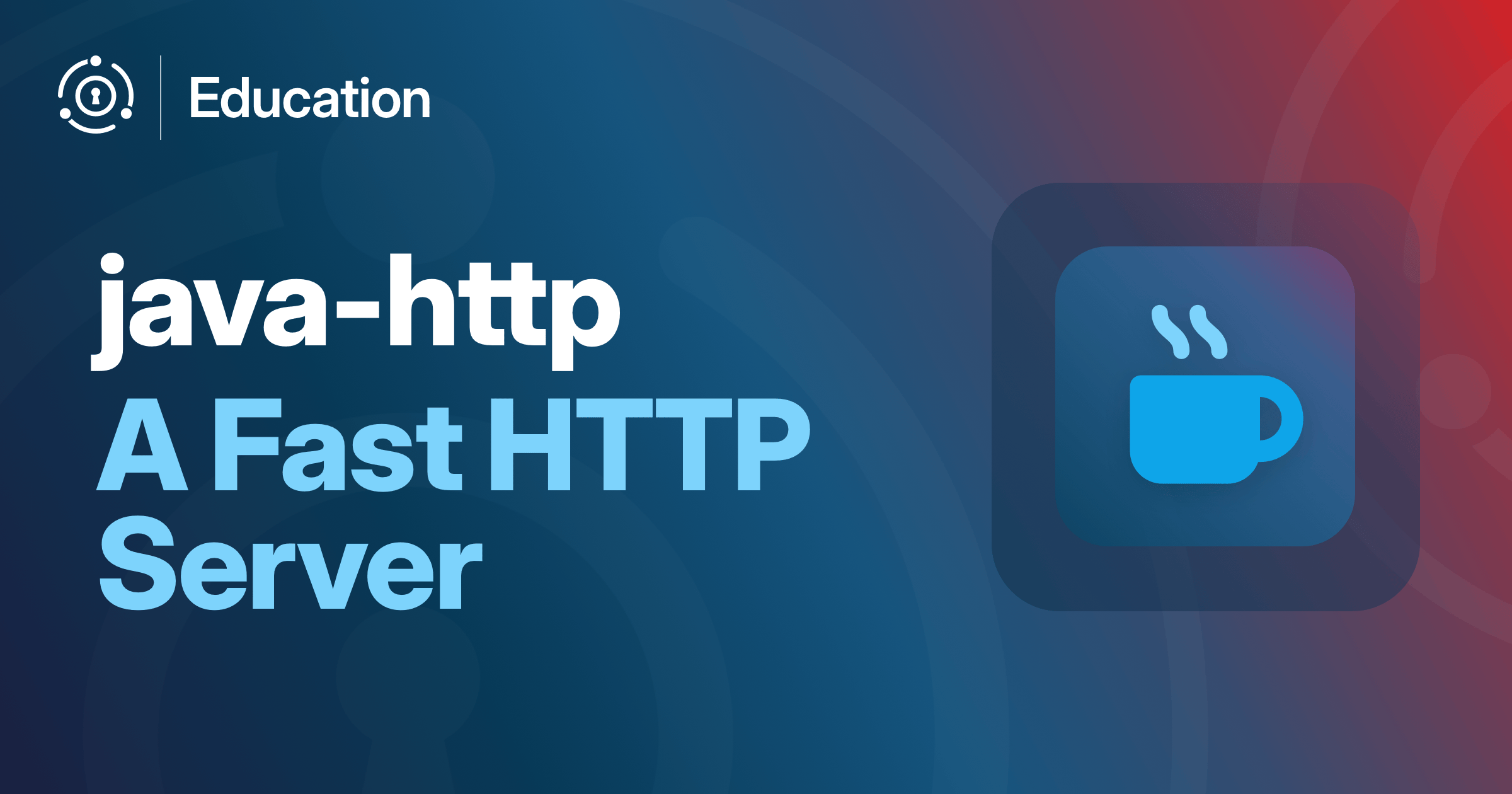People often don’t get what deterministic AI means. They think it’s about making LLMs rigid, predictable, or less creative. That’s wrong. It’s about giving them tools and scaffolding, so their output is trustworthy.
Think of your own work as a developer. Maybe for hours you can type code purely from memory — confident, precise. But eventually you’ll misremember a config value, a flag, or a variable name. That’s when documentation, search, compilers, linters, and tests catch you. They don’t remove your intelligence — they anchor it.
Deterministic AI is the same principle applied to AI systems. You don’t let the model just “wing it.” Instead, you wrap it with knowledge, tooling, context, and validation so that its outputs not only “look plausible” but are correct, consistent, and aligned with intent.
Press enter or click to view image in full size
Here’s what deterministic AI systems typically incorporate under the hood:
- Rule engines and logic layers: At critical junctions, decisions are not left to stochastic sampling. They use structured rules (if-then logic, constraint solving) so behavior is consistent.
- Schema and function-calling constraints: Rather than freeform text, outputs follow fixed JSON or function schemas. This forces the model into predictable structure.
- Validation, tests, and type checking: After generation, the output is automatically checked — syntax errors, dependency consistency, semantic validation. If something fails, the system loops, corrects, or rejects.
- Context memory and retrieval: The system retains knowledge: previous state, history of changes, compliance rules, organizational policies. The model refers to that memory as it reasons.
- Auditability and explainability: Every decision inside the system is traceable. You can see which rule or check caused a rejection or transformation.
- Drift detection and feedback loops: The system continuously monitors what’s generated versus what’s intended, flags divergences, and self-corrects.
Together, these layers make the system deterministic: given the same input and context, it produces the same reliable result. No surprises, no hallucinations — just reproducible, auditable, and enterprise-grade behavior.
At Cloudgeni, we use deterministic AI to tackle some of the hardest infrastructure issues. Here’s what it helps us do — and how well it performs:
- Compliance & Security: We bake in compliance rules (ISO27001, SOC2, NIS2, internal policy) and security best practices. The model can’t emit infra that violates those policies.
- Configuration Drift: We constantly compare declared state (IaC) vs actual cloud state. If something drifts, the system proposes a remediation, re-generates or patches code, and submits PRs.
- Importing existing resources into IaC: Legacy clouds often have resources not yet codified. We use deterministic AI to analyze real infrastructure, infer the right Terraform (or target IaC) configuration, validate it against rules, and generate import modules with high accuracy (near 100% no-ops).
- High accuracy pull requests: In practice, around 90% of pull requests created by our AI require no further manual change (or only a small tweak). That means the system already aligned with intent, structure, style, compliance, and correctness.
Because the AI isn’t “freewriting” but guided and validated at each step, the outcome is something you can trust from the start.
Deterministic AI is what allows us to scale infrastructure operations, reduce human error, and push safe, auditable changes faster than ever and without giving up intelligence or flexibility.
.png)



